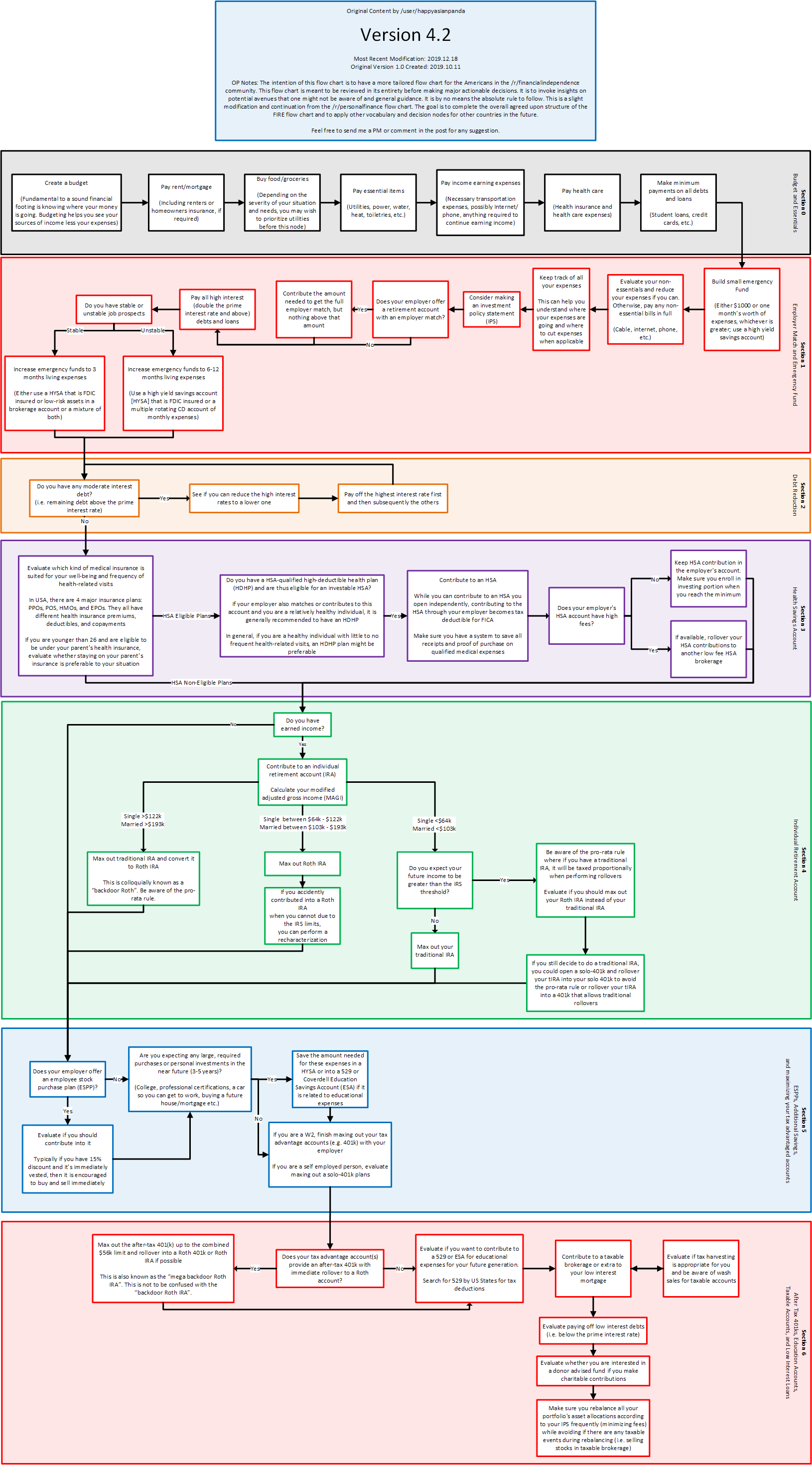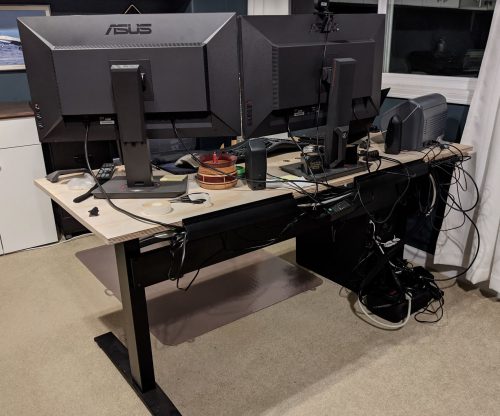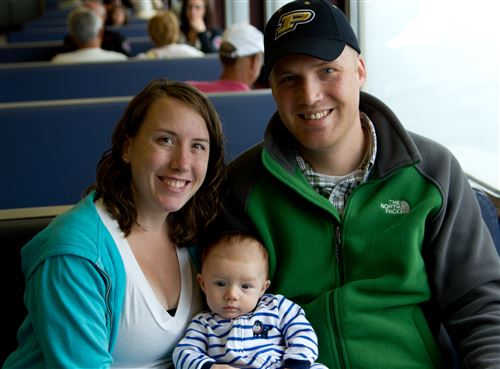
As I change some of my volunteer activities, I’m setting myself up to spend more time talking to people who disagree with me. This can be healthy, but it’s also a challenge. I’ve been thinking about specific behaviors I want to keep in mind while I have those conversations. What’s missing? What’s wrong? How different would our world be if everyone approached discussions with this mindset?
- Ask lots of questions. If someone’s argument seems absurd, I probably don’t understand what they’re trying to say or what led them to this viewpoint. Asking questions helps us walk back to common ground to find where we diverge so we can have a productive discussion.
- Assume that everyone is logical, rational, and fact-driven even when they have a completely opposite viewpoint. It might not always be true, but it’s a healthy place to start.
- Rhetoric is a red flag. If someone is using name calling or inflammatory language in their argument, resist the urge to join in or fight back. Call out the rhetoric and ask questions about the root issues.
- Don’t use metaphors and similes to make a point. If someone disagrees with me, they’re going to pick apart my comparison instead of focusing on the point I’m trying to make. Facts and data are a much stronger argument.
- Always be willing to change my mind when presented with enough evidence. Don’t engage with people who are unwilling to do the same.
- When presented with evidence, don’t trust secondary sources that don’t link to the original material. (I’m very happy to see that Elijah is already learning this in school.) Related to this, use a neutral news source, but also pull content on a topic from multiple sources on both sides of the issue to understand where there is disagreement.
I fall flat on these very often, especially when the person I’m talking to is emotional and not following a similar approach, but maybe writing these things down will help me keep them in mind more often.




 Elijah loves music. He especially likes to listen to it in the car and when each song ends, he immediately makes the sign for “more.” Finding kids music that doesn’t make my head explode is a challenge, but we’ve locked onto a couple good singers so far.
Elijah loves music. He especially likes to listen to it in the car and when each song ends, he immediately makes the sign for “more.” Finding kids music that doesn’t make my head explode is a challenge, but we’ve locked onto a couple good singers so far. I’ve wanted an air compressor for a long time, but I just couldn’t justify the cost. Until now. Part of this backyard project is building a fence and while, yes, I could build it without a nailgun, it would move along MUCH faster with one. I also wanted to pick up a little big bigger than average air compressor in hopes of being able to blow out my own irrigation lines (albeit much more slowly than the pros do it.)
I’ve wanted an air compressor for a long time, but I just couldn’t justify the cost. Until now. Part of this backyard project is building a fence and while, yes, I could build it without a nailgun, it would move along MUCH faster with one. I also wanted to pick up a little big bigger than average air compressor in hopes of being able to blow out my own irrigation lines (albeit much more slowly than the pros do it.) When I look back at all the things I did around the house before our son was born, I’m amazed at all the free time I had. But there are a few home improvements that stick out and continue to pay benefits. If you’re having a baby and you’re a little bit handy, consider these projects:
When I look back at all the things I did around the house before our son was born, I’m amazed at all the free time I had. But there are a few home improvements that stick out and continue to pay benefits. If you’re having a baby and you’re a little bit handy, consider these projects: We got a 6 month trial of Sirius with our Ford Escape and then extended it for another six months once we finally got a good offer from Sirius. Listening to music without commercials is addicting and they have a lot of good stations to choose from. The one thing they are missing is a feature on their website that lets me tell them the artists I like and then gives me the stations that play those artists the most. But hey, it’s just data right? I should be able to figure this out. I do, after all, work on the team that is producing the premiere (I hope) data experience for Excel:
We got a 6 month trial of Sirius with our Ford Escape and then extended it for another six months once we finally got a good offer from Sirius. Listening to music without commercials is addicting and they have a lot of good stations to choose from. The one thing they are missing is a feature on their website that lets me tell them the artists I like and then gives me the stations that play those artists the most. But hey, it’s just data right? I should be able to figure this out. I do, after all, work on the team that is producing the premiere (I hope) data experience for Excel: 




 When babies are in the womb, they have quite a noisy environment with all the blood rushing around in addition to the muffled noises from outside the womb. So it makes sense when they are born that it’s comforting to have some white noise playing while they sleep. There are tons of white noise generators on the market, but we picked up an hour long MP3 called “
When babies are in the womb, they have quite a noisy environment with all the blood rushing around in addition to the muffled noises from outside the womb. So it makes sense when they are born that it’s comforting to have some white noise playing while they sleep. There are tons of white noise generators on the market, but we picked up an hour long MP3 called “